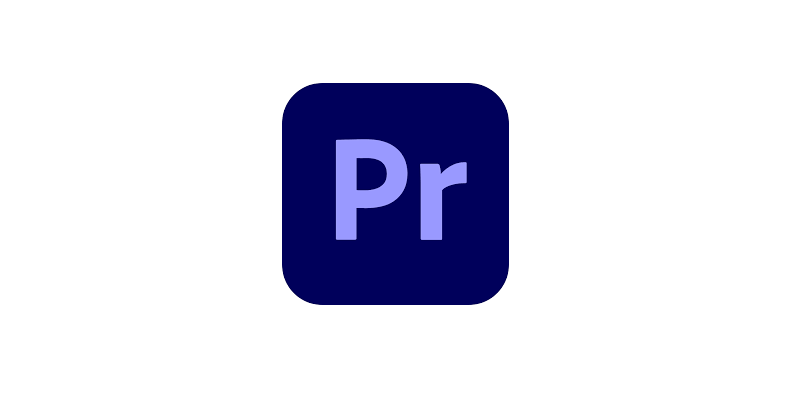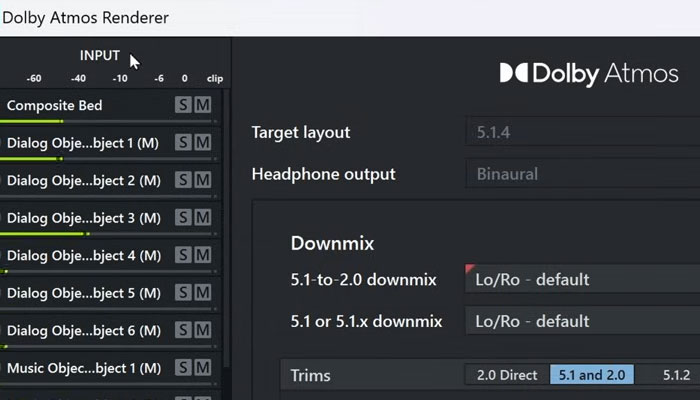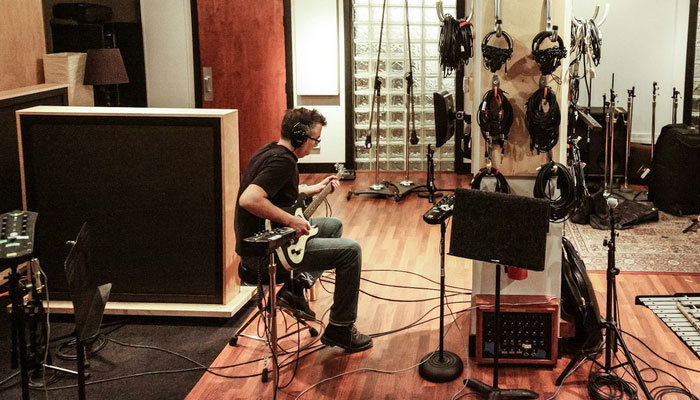Adding any text element to a video is a task that most editors will encounter sooner or later throughout their journey. Whether you're adding subtitles, lower thirds, credits, or main screen titles, you'll need to find a creative and engaging way to display them.
Even for something as simple as adding text to your video project, it's much better if you do it with attention to detail and creativity. Often, text and titles are added to movies and other types of video content stylistically in a way that works with the rest of what's shown on screen.
In this guide, we'll help you learn how to animate text in Premiere Pro, one of the world's most popular video editing programs, so if this interests you, let's dive straight into it without any further ado since we have a bunch to cover.
Here's what you need to know.
How to Animate Text in Premiere Pro
Adobe Premiere Pro is a well-known program with a versatile workspace that many video editors and content creators find extremely easy to work with. It has a great learning curve but it's also capable of doing lots of advanced things for those who want to create high-end, complex edits.

One of the main reasons creators choose Premiere Pro over other video editing programs is the user-friendly interface.
In this section, you'll see exactly how intuitive it is to animate text in Adobe Premiere Pro, so you'll be able to do this all by yourself in the future after following the steps below just once.
Here's what you need to do:
Launch Adobe Premiere Pro and Create a New Project
The first step, assuming you already have Adobe Premiere Pro installed on your system, is to launch the program and create a new project.
You can do this from the home screen by clicking "New Project" as shown in the image below.

Choose your desired settings and finalize by clicking "Create" in the bottom-right corner.

Import Media and Create a Sequence (Timeline)
Now that you have the project created, if you didn't import any media in the previous screen, you can do so by navigating to the "Project" tab and clicking the blue "Import media" button.

Find the media you want to import on your drives and finalize the process. Then, you should see all imported videos/images/sounds in the same "Project" tab.

Now you can see that our timeline area is empty as we haven't created a sequence yet. To start editing anything, we first need to create a sequence out of the clip/audio/image we want to edit.
Drag and drop the file from the "Project" tab onto the timeline, and you'll create a sequence.

Add the Text to Your Video
Before we can animate our text, we must add it to our video/image.
To do this, we can use the text tool ("T" button on your keyboard for the shortcut) by selecting it from the toolbar.

Once you activate the text tool, head over to the preview screen (Program Monitor), select an area by clicking and dragging, draw a square where you want the text to be, and then type something, as shown in the image below.

After you're done typing using the type tool, press "Enter" to finalize the process. Once you do this, you'll notice on the timeline that a new text layer appeared above the video clips you added text to.
Now, you can open the "Essential Graphics" panel to modify the text and make it look how you want it. You can also use the effects control panel, but the Essential Graphics panel offers more control over some features, though we'll need both later for animation purposes.

To use the effect controls panel, simply select the text layer that appeared on the timeline over your main video clip once you typed in the text, and then click "Effect Controls" in the top-left corner of the screen.

The Essential Graphics Panel
To access the essential graphics panel, you need to head to "Window" -> "Essential Graphics". Then, you'll see the panel open on the right side of Premiere Pro.


Here, you can change the position of the text using the "Transform" section, change things like opacity, font, and much more.
You can also browse and use presets for various things such as lower-thirds, titles, and lots more, and use them along with their completed text animations instead of creating your own animated text elements from scratch.
To do this, click the "Browse" tab in the Essential Graphics panel and find a preset that you like.

Then, click and drag it to the timeline.

Once the preset is placed on the timeline above the video clip where you need it to be, click the "Edit" button and make any changes to it until it fits your project's needs. You can edit text contents in the "Title" field, as well as change the text style in the "Text Properties" field.

These presets already have animations, but they may not be what your project needs. Sometimes, you need credits-like animation, and sometimes, something entirely different for your opening titles.
That said, let's get back to animating from scratch.
Creating an Animation
Select the text layer you created and open the effects control panel by clicking on it.
From here, you can animate various things, but let's start with the position of the text, which is often what you'll need to animate.
Expand the "Motion" section and use the "Position" parameter to move the text where you want it to be at the start of the clip. Make sure that the playhead is also set to the start of the clip. You can position the text to be out of the shot entirely if you want it to "fly in" into the clip later on.

Now, click the stopwatch icon. This will create the first keyframe.

Now, move the playhead to where you want a change in the text element to happen within the video clip. Once you're there, adjust the "Position" parameter value again, placing the text where you want it within that specific frame in the clip. This will create another keyframe, a second one.

You can keep doing this with all various available parameters, such as scale, rotation, opacity, and more. The process is exactly the same. You create a keyframe for each specific change you want to make, and that's all there's to it.
You can also move the keyframes further from one another, or move them closer if you want the whole process to complete faster, or delete them by right-clicking and choosing "clear" if you no longer want it.
Preview the changes while the video plays and make adjustments based on what you see.
Adding Video Effects to Text in Premiere Pro
Keep in mind that you can add all regular video effects to your text layer(s) just like you would add effects to a regular clip.
Simply access the "Effects" panel and find an effect you want to use. In this case, we'll use the Linear Wipe effect.
Drag and drop the desired effect to the text layer, and then access the effect controls panel to adjust it based on what you need.

For this specific effect, you can change things such as the wipe angle, transition completion, and more. These will vary depending on the effect you chose.

Animate Text in Premiere Pro with Title Studio
Premiere Pro offers a lot of tools, but sometimes third-party plug-ins make it much easier to complete specific tasks as they were specifically designed with the user-experience in mind.
When it comes to creating and animating text in Premiere Pro, Continuum's Title Studio is a great choice.
Continuum is a creator pack developed by Boris FX. It is available for all popular video editing programs, including After Effects, Avid, VEGAS Pro, DaVinci Resolve, and, of course, Adobe Premiere Pro.
When you download and install Continuum for Premiere Pro, you will be able to see all effects available in the pack within your "Effects" tab, even by using the free version of the product (though your content will be watermarked until you activate).
That said, here's how to easily create and animate text in Premiere Pro using Continuum's Title Studio.
Adding the Effect to Your Video
To add BCC Title Studio to your video, simply find it in the "Effects" tab using the search bar and drag and drop it to the clip.
It will be located under the "BCC 3D Objects" folder.

Using the Title Studio Preset Browser
Once you apply Title Studio to your video, select the clip and open the Effect Controls Panel.
Scroll down until you see its dedicated section, and click the "FX Browser" button.

Once you open the FX Browser, there will be dozens of presets to choose from. They all have different styles and animations.

Simply click the one you like and then insert your text.

When done, click Apply.

That's all there's to it!
Final Words
Now you know more about animating text in Premiere Pro.
Hopefully, this will help you with all your upcoming projects, as creating and animating text is a very common task you'll often encounter.
We thank you for reading and wish you the best of luck with all your future edits.















